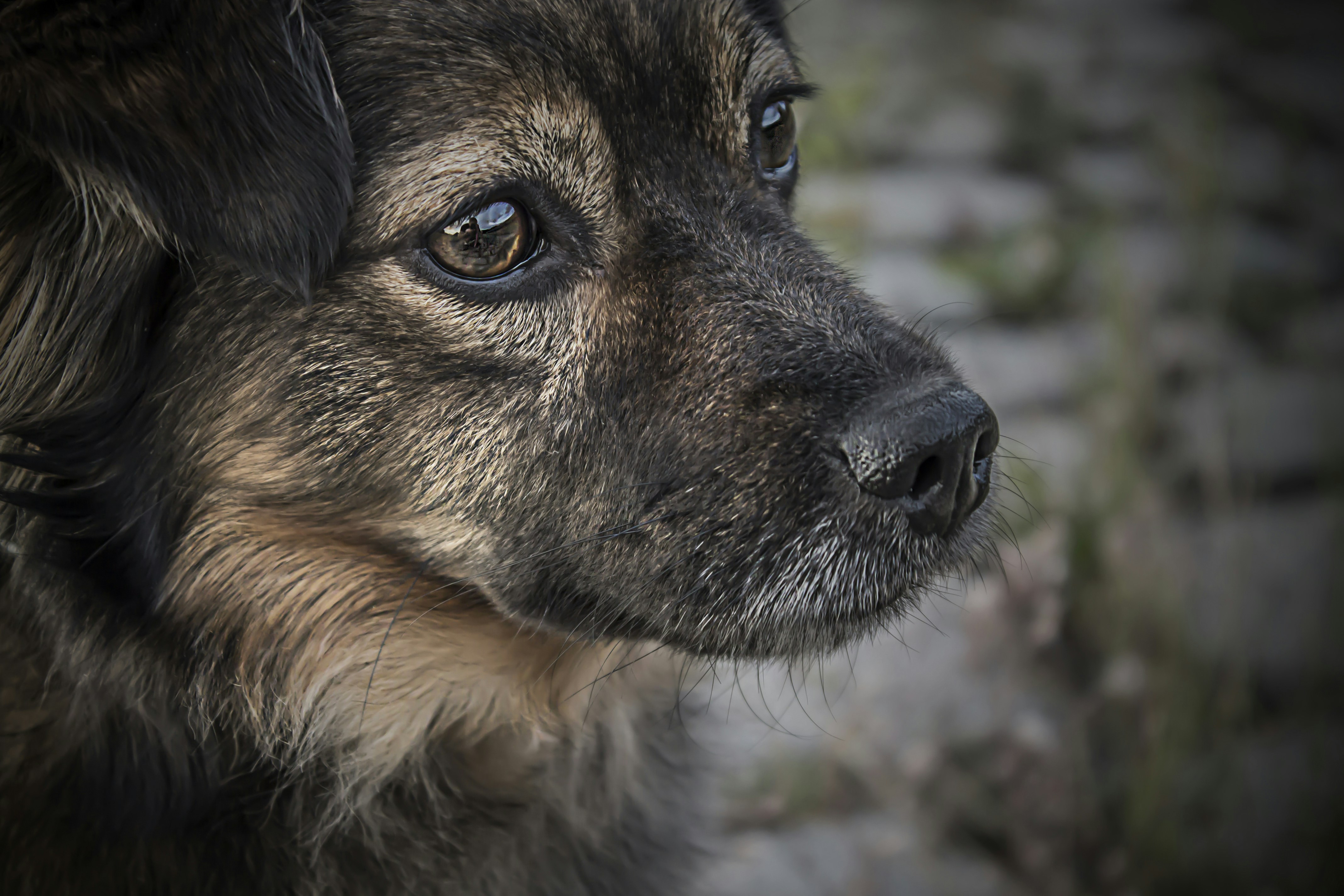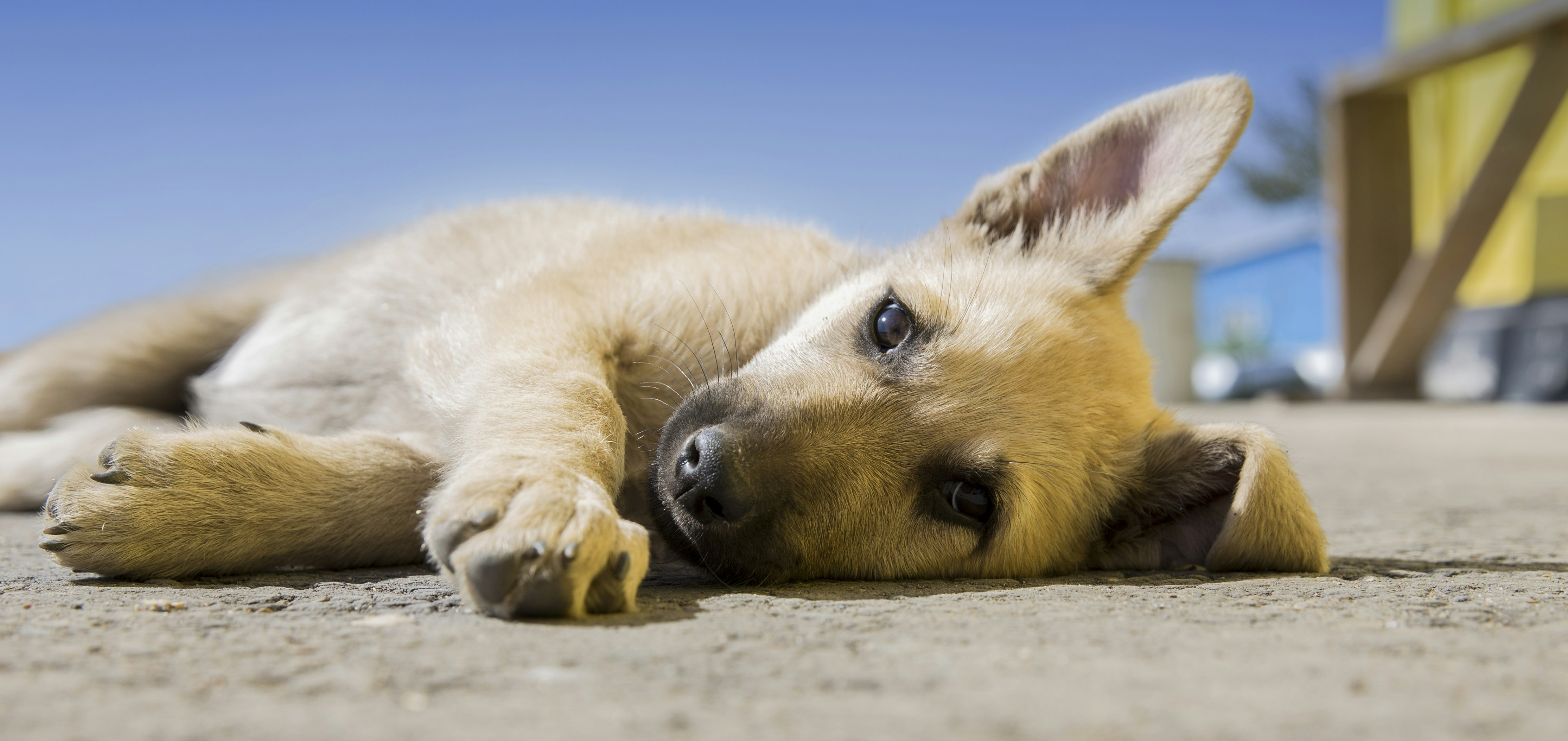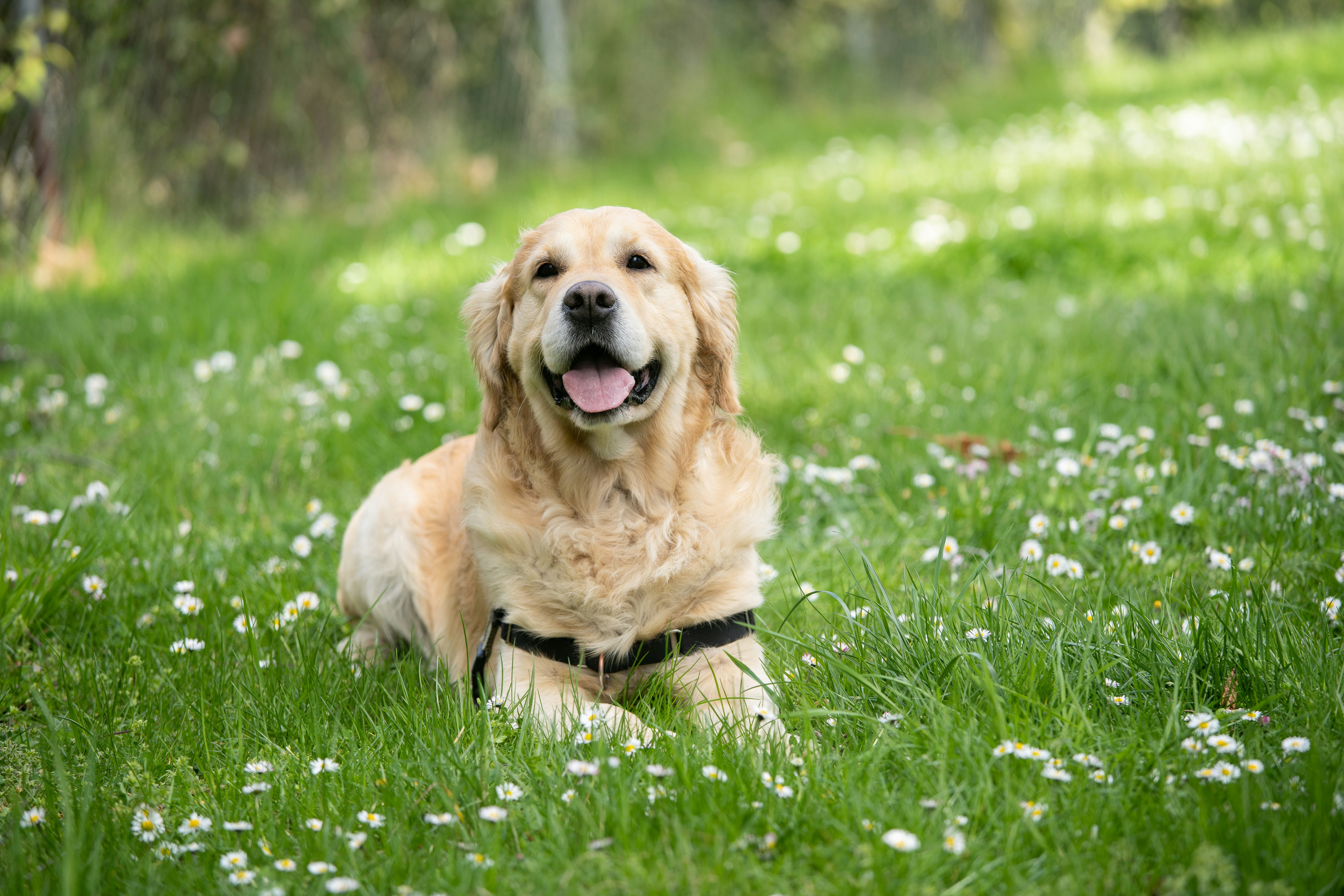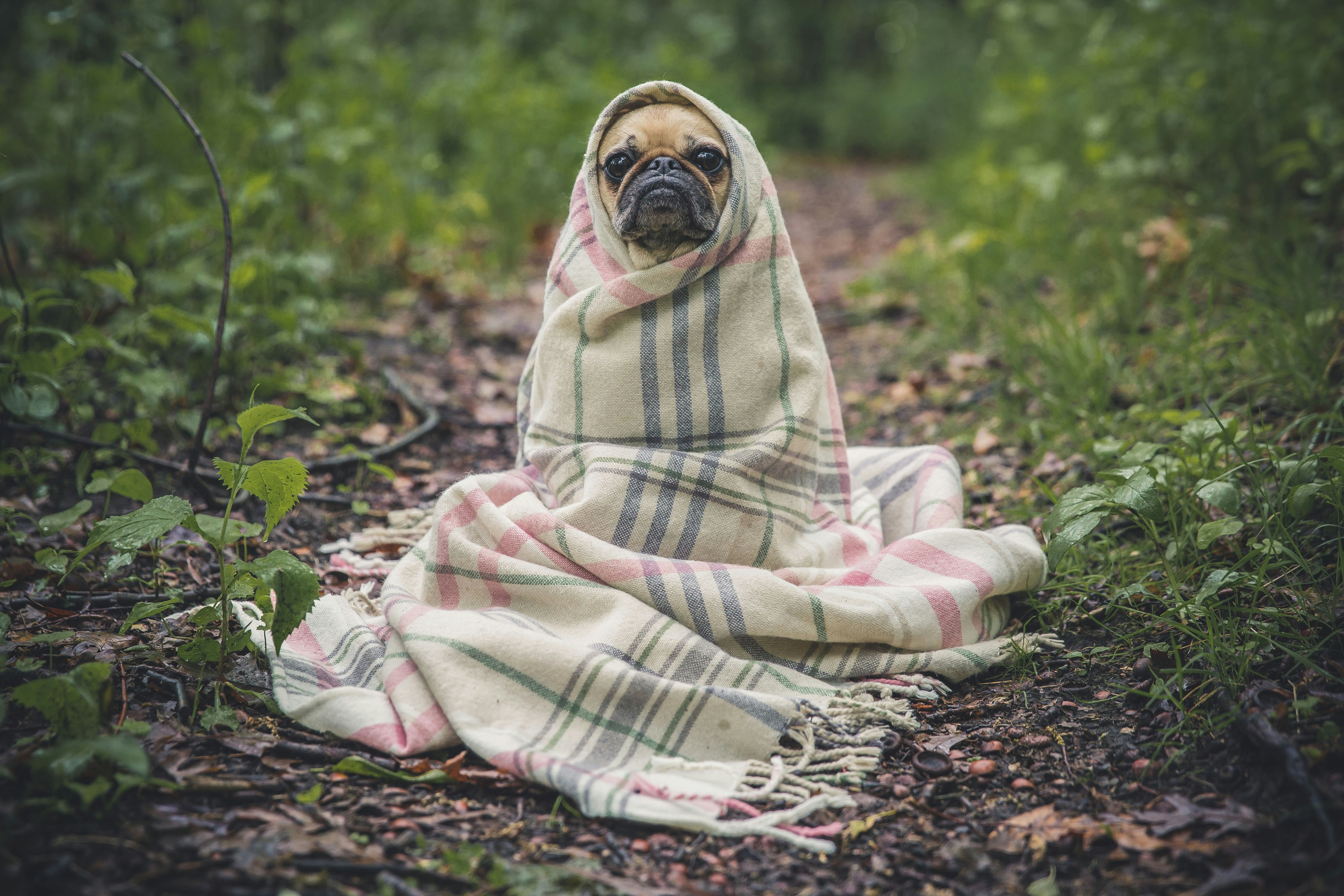Post-Bath Blues: Understanding Your Dog’s Behavior After Grooming and How to Support Their Health
After a fresh bath or grooming appointment, you might expect your dog to feel relaxed and rejuvenated. But instead, they dart around the house, roll on the carpet, or display signs of agitation. Welcome to the mystery of the post-bath blues. In this blog, we’ll explore the common behavioral changes dogs exhibit after grooming and how you can support their health and comfort during and after the process.
Why Dogs Act Strange After a Bath or Grooming

Your Dog’s Senses Are Overwhelmed
Dogs rely heavily on their sense of smell. A new shampoo scent or grooming spray can mask their natural scent, making them feel out of sorts. This is one reason they may roll around or rub themselves against furniture — they’re trying to get their familiar scent back.
Unfamiliar Sensations
Grooming often involves brushing, trimming, and touching sensitive spots. For some dogs, these feelings linger even after the session ends, causing them to behave unusually.
Stress and Anxiety
Even dogs who are used to grooming may associate it with uncomfortable experiences. As a result, they show behaviors that indicate mild stress, like zoomies, yawning, or excessive licking.
How to Soothe Your Dog After Grooming

Understanding your dog’s emotional and physical needs after grooming is essential for long-term wellness and behavior management. Here’s how you can support them:
- Offer a safe space: Provide a quiet, calm area where your dog can relax without distractions.
- Use dog-friendly scents: Try grooming products with mild, natural scents that don’t overwhelm your dog’s sensitive nose.
- Positive reinforcement: Reward your pup with treats or toys after grooming to create positive associations.
- Keep them warm: Dry your dog thoroughly and keep them in a warm spot to prevent chills.
- Gentle brushing: After grooming, brushing your dog can be comforting and help them relax.
Monitoring Your Dog’s Health Post-Grooming

Some post-grooming behaviors may also hint at deeper health issues. Pay attention to signs such as:
- Excessive itching or redness
- Changes in energy level
- Persistent anxiety or stress behaviors
Consult your veterinarian if these symptoms persist. Regular monitoring of your dog’s activity and health trends can be invaluable here.
Promoting Long-Term Health Through Activity Tracking

Regular physical activity is key to managing stress and supporting your dog’s overall health and well-being. That’s where the Queva™ Health & Activity Tracker comes in. Designed to help dog owners take an active role in their pet’s well-being, this device offers:
- A daily overview of walking, running, light activity, and high activity
- GPS tracking to monitor their location in real-time
- Health score insights for a fuller picture of your dog’s wellness
Stay on top of your dog’s post-grooming behavior and daily activity with the Queva™ Health & Activity Tracker.
Conclusion: Supporting Your Dog’s Health and Happiness

Post-grooming behavior is a normal part of dog care, often driven by overstimulation, scent changes, or minor stress. Knowing what to expect—and how to respond—can help your dog feel happier and healthier after every bath. With the right care and attention, grooming can become a more enjoyable part of your dog’s routine, contributing to their long-term health and emotional wellness.
